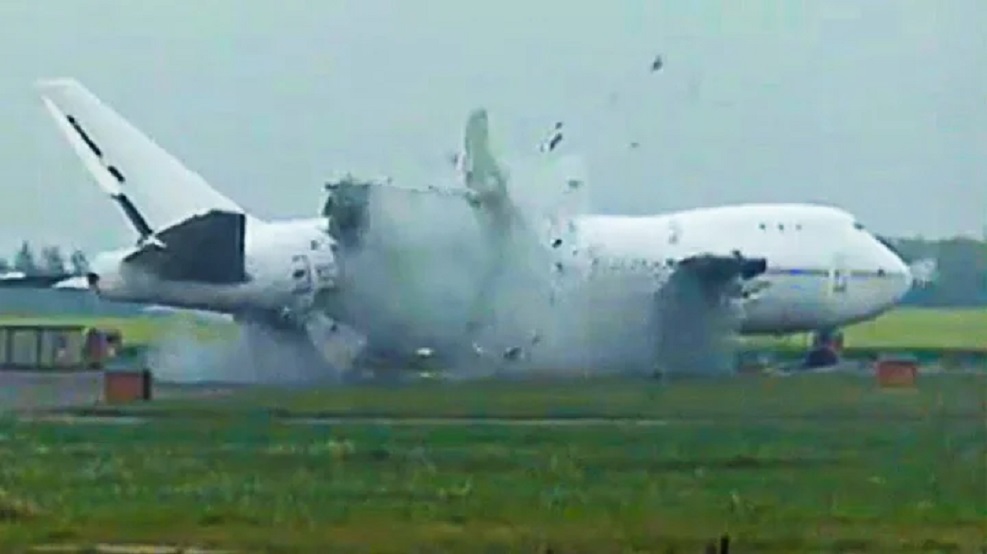Landing an aircraft is one of the most challenging aspects of piloting a plane. Pilots need to execute numerous coordinated actions that take into consideration various factors such as wind speed, altitude, and runway length. However, there are situations when these factors can become too dangerous to handle, prompting pilots to make decisions and adjustments to keep the plane and its passengers safe. In this article, we will look at some of the most dangerous emergency landing maneuvers that pilots have had to execute.
-
Aborted Landing
An aborted landing is a maneuver performed by pilots when they decide to abort the landing just before touchdown. This decision can be taken due to several reasons, including poor runway conditions or obstacles on the runway, among others. Aborted takeoffs and landings often occur during inclement weather, and pilots are trained to execute this maneuver to maintain safety.
-
Crosswind Landing
Crosswinds are winds that blow perpendicular to the runway, making it difficult for pilots to control the plane during landing. To land safely in a crosswind, pilots need to execute a technique called crabbing, where they point the nose of the plane into the wind while keeping the plane’s track along the runway. At the last moment, pilots must straighten the plane’s wheels to align it with the runway, ensuring a safe landing.
-
Extreme Low Passes
An extreme low-pass is a maneuver where a pilot flies a plane extremely close to the ground, sometimes as low as a few meters above the runway. This maneuver is rare and is typically used to demonstrate a flyover to onlookers. While it may look impressive to some, an extreme low pass is highly dangerous, with a small mistake in judgment having the potential to cause a catastrophic incident.
-
Go-Around
